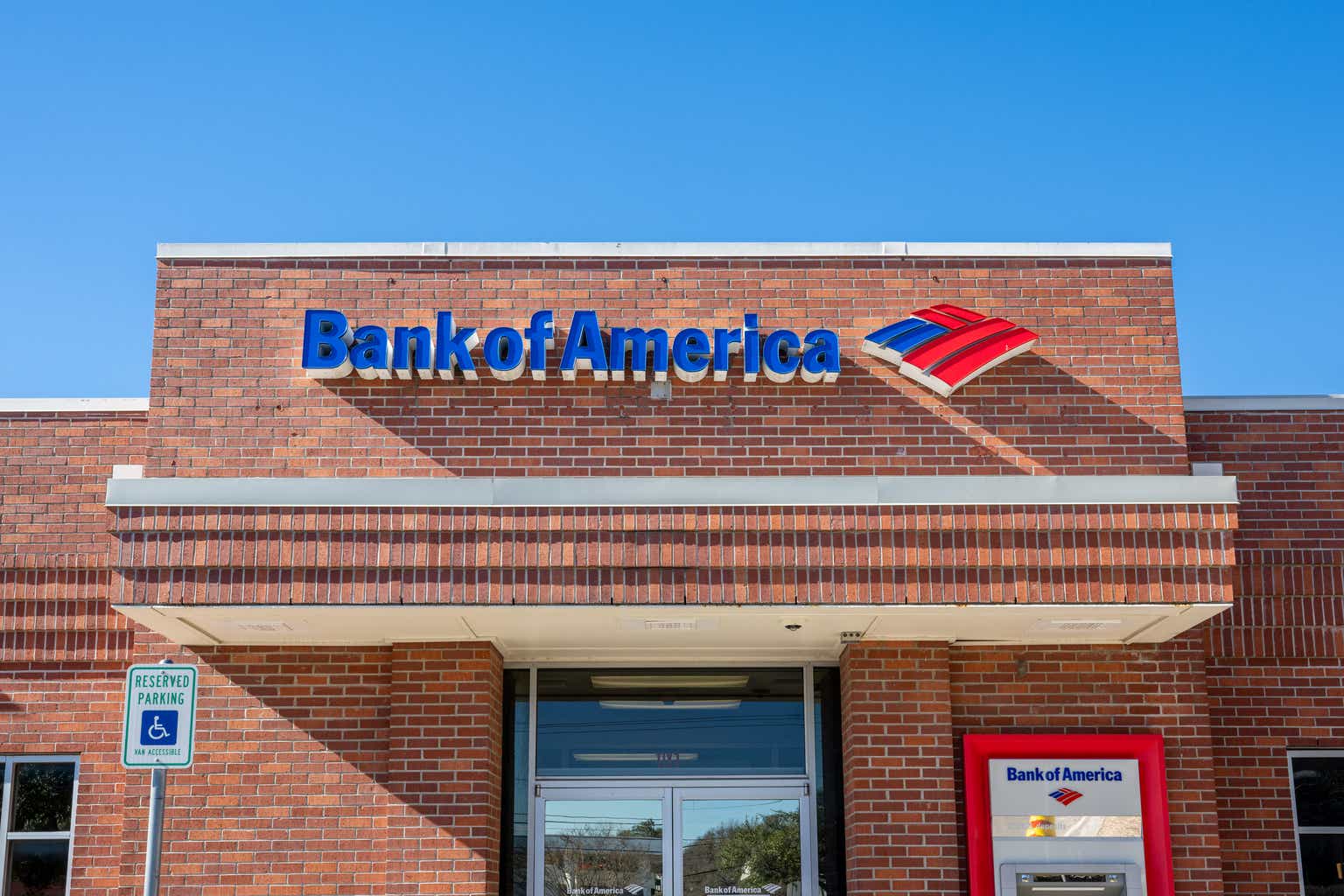Every investor likes a good dividend hike. When you buy a stock thinking it has a 5% yield, and you hear about a 10% dividend hike taking the yield to 5.5%, you’re likely to get excited. This year, there are plenty of dividend hikes occurring–particularly in the banking sector. Despite all the pandemonium in the financial industry this year, the larger banks are still confident enough to hike their payouts. In this article, I will explore three quality stocks hiking their dividends–two banks and one food company.
Bank of America
Bank of America (BAC) announced Wednesday that it would be hiking its dividend 9%, from $0.22 to $0.24. Bank of America’s yield already increased this year as a result of its stock price falling: it currently yields 3.11%. With a $0.24 quarterly dividend, it will yield 3.36% (assuming the stock price doesn’t change).
Bank of America has delivered respectable results this year. In its most recent quarter, its revenue increased 13%, its earnings increased 15%, and its pre-tax pre-provision income increased 27%. A solid showing. Also, the release beat analyst expectations.
Bank of America has done a lot of growing in the last five years. According to Seeking Alpha Quant, its 5 year CAGR growth rates in revenue, earnings and assets are:
-
Revenue: 2.2%.
-
Earnings: 14%.
-
Assets: 6.5%.
Pretty respectable growth. Despite it, the stock is fairly cheap, trading at 8.5 times earnings, 2.4 times sales and 0.9 times book value. A dividend growth stock that could do great things in the year ahead.
JPMorgan
Next up, we’ve got JPMorgan Chase (JPM). This is a company that recently announced it would hike its dividend 5% in the coming quarter. The hike is not as big as BAC’s, though JPM’s earnings growth was actually much better last quarter, coming in at 52%.
JPMorgan has been more active in pursuing growth this year than Bank of America has. During the Spring banking crisis, JPMorgan eagerly bought up First Republic’s assets, netting an instant $2.6 billion equity gain in the process. It even got the government to insure 50% of any potential losses. The deal was a big take for JPMorgan, and part of why the stock is rising this year when most banks are down.
The natural consequence of this is that JPM is not as cheap as other banks. At today’s prices, it trades at 10.5 times earnings, 3.3 times sales and 1.5 times book value. It’s a lot more expensive than Bank of America, and it scores a D+ on valuation according to Seeking Alpha Quant. Nevertheless, it’s a highly profitable dividend grower with another dividend hike right around the corner.
Unilever
Unilever PLC (UL) announced on the 4th of July that it would be raising its dividend from $2.34 to $2.35, a 2.94% increase. Unilever only yields 1.21%, so it’s not exactly a “high yield” name. Nevertheless, the hike is a mild vote of confidence from management.
What makes Unilever a good stock, apart from the recent hike?
First off, it’s a classic Warren Buffett-like “food brand” stock, which owns recognizable brands like Ben & Jerry’s, Dove, Hellman’s, and Knorr. A quick trip to the grocery store shows that these brands have pricing power, as they are usually more expensive than the non-branded equivalents. Hellman’s, for example, is consistently more expensive than store brand mayonnaise.
Second, the stock is fairly cheap. At today’s prices it trades at 17.7 times earnings, 2 times sales, 6.4 times book value, and 16.6 times operating cash flow.
Third and finally, the company’s growth has been excellent in this period of high inflation. Food companies are among the main beneficiaries of this high inflation environment, and Unilever is no exception. In the trailing 12-month period, its revenue grew 14.5%, EPS grew 29%, and levered FCF grew 60.5%. A solid showing already, and with its heavy emerging markets exposure, UL may well continue growing into the future.
The Bottom Line
The bottom line on dividend hikes is this:
They signal that management believes their company’s future is better than its recent past.
If that’s the case, then the future could be bright for large banks and consumer staples. Both of these sectors are seeing dividend hikes this year, as their earnings are growing and their margins are healthy.
Of course, all of this could change. For banks, especially, the inverted yield curve could start causing problems. Banks borrow on the short end of the yield curve and lend on the long, which means they should see margins squeezed when short term yields are higher than long. We haven’t seen that happen to the big banks yet, though some smaller banks failed when depositors pulled out their money to seek more yield elsewhere. Risks abound, but banks that practice good risk management should continue to thrive in the year ahead.
The big takeaway here is that company fundamentals are the biggest part of any investment thesis. Market commentators have been saying since the start of 2022 that we will have a recession any day now. Maybe we will, maybe we won’t, but big banks and consumer staples are still doing well. Those who invest in these sectors will see rising dividends in the months ahead.
Read the full article here











